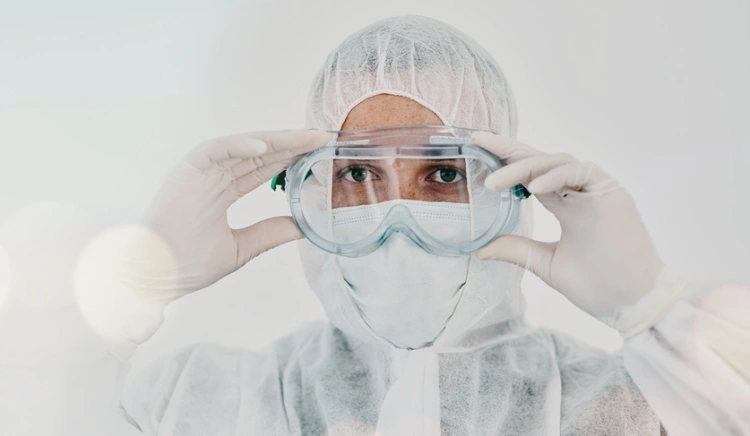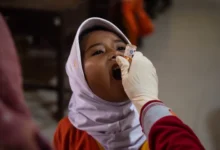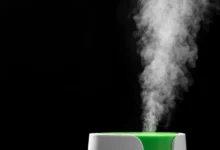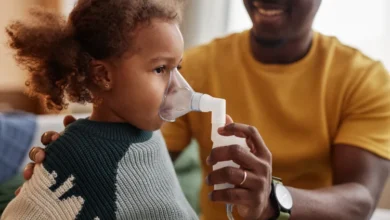Understanding the Four Levels of PPE Protection
A Comprehensive Guide to PPE Standards and Their Applications Across Various Industries

In various industries, ranging from healthcare to biochemical and food service, Personal Protective Equipment (PPE) plays a crucial role in safeguarding professionals from environmental hazards. Whether it’s contact with dangerous surfaces or exposure to hazardous air conditions, the right PPE can significantly reduce the risk of illness or injury.
OSHA (Occupational Safety and Health Administration) categorizes PPE into four distinct levels, each tailored to specific environmental risks. Understanding these levels is essential for ensuring that workers are equipped with the appropriate gear for their tasks.
Level A: Maximum Protection

Level A PPE provides the highest level of protection against respiratory hazards, skin exposures, and contaminants that could affect the eyes. This level is essential for environments where exposure to harmful gases, vapors, or chemical splashes is highly likely.
Key Components of Level A PPE:

- Positive pressure, self-contained breathing apparatus (SCBA) approved by NIOSH.
- Fully encapsulated chemical-resistant bodysuit.
- Steel-toe boots with chemical-resistant outer layers.
- Dual-layer chemical-resistant gloves.
- Hardhat or helmet.
Level B: Respiratory Focus

Level B PPE offers a strong emphasis on respiratory protection, ideal for situations where airborne gases pose significant risks, but direct skin contact with hazardous substances is less of a concern. The primary difference between Level A and Level B is the type of suit; Level B typically involves two-piece suits, coveralls, or long-sleeved garments to guard against minor chemical splashes.
Level C: Airborne Protection

Level C PPE is used when there is a known presence of airborne contaminants, but the risk to skin and eyes is minimal. Workers at this level wear full- or half-face masks connected to air-purifying respirators. While Level C provides the same level of skin protection as Level B, it is not suitable for chemical emergencies.
Level D: Basic Protection

Level D PPE is the minimal protective gear required in hazardous environments. It is typically used in situations where the primary concern is nuisance contamination, and there is no need for respiratory protection. Workers in Level D environments usually wear coveralls, safety boots, and chemical-resistant goggles.
Determining the Appropriate Level of Protection

The choice of PPE level depends on the specific hazards present in the work environment. OSHA uses a color-coded system to help first responders and workers quickly identify the necessary level of protection in various emergency scenarios:
- Level A: Required in highly toxic environments with significant exposure risks to gases, vapors, or chemical splashes, such as areas with high ammonia concentrations.
- Level B: Necessary where airborne gases pose a serious risk, but dangerous liquids are not present.
- Level C: Used when airborne contaminants are measurable, but skin and eye exposure is unlikely.
- Level D: Suitable for situations involving nuisance contamination where minimal protection is needed.







